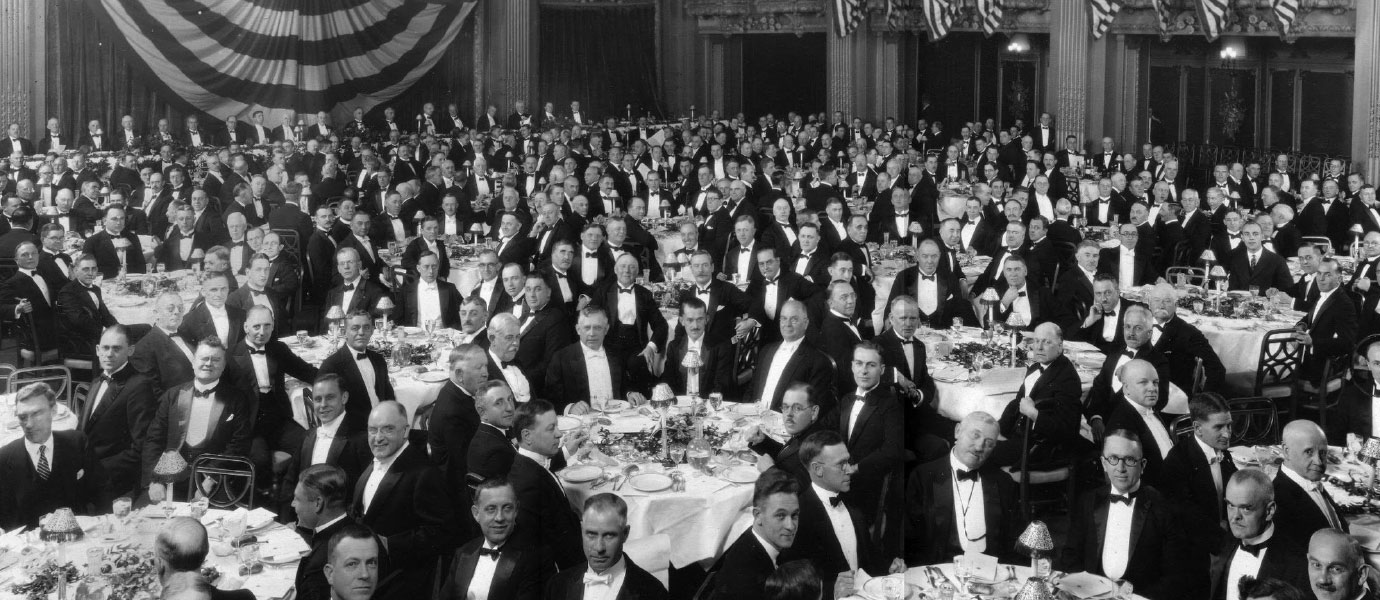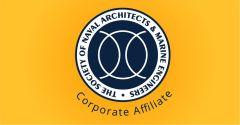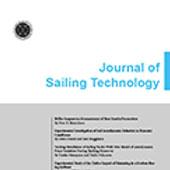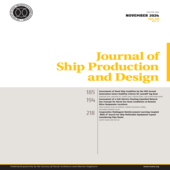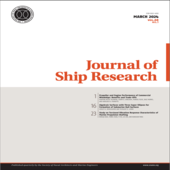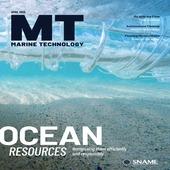Technical and research (T&R) | Bulletins and reports
With the energy element of vessel operating costs outstripping both the escalation rates and absolute values of nearly all other primary ship-connected expenses, little more needs to be said to underscore the importance of a comprehensive review of the maritime energy research problem. The urgency of energy conservation research has been diminished somewhat by current fluctuations in crude oil prices and availability, but long term trends continue to support the need, SNAME's T&R program has addressed a number of ways in which energy expenditure might be reduced. These include basic hull and propeller design, machinery component and cycle design, hull coatings, ship operations, the use of primary fuels, and alternative fuels and non-current sources of energy.
This report presents the Society's current assessment of ongoing and potentially useful programs. Although the emphasis is placed on programs expected to yield results applicable within a five-year period at most, a number of longer-term projects also are noted. The short term projects are recommended for review by appropriate panels of the T&R organization's Technical Committees and Panels in formulating their technical and research programs over the next several years. The longer-term projects are recommended both to the Technical Committees and Panels for the out years, and to the Advance Planning Committee for monitoring, as to continued need and ultimate action by the Technical Committees.
Over the last 25 years, the dramatic change from conventional to containerized cargo transport has resulted in major changes to terminal facilities, transport vehicles, container handling equipment, and required personnel skills. New sophisticated container ports represent major investments and require highly paid personnel. In spite of this, the terminal is the most efficient, and safe mode of transfer between water and land. Innovations in transport vehicles also provide increasingly safer and more efficient movement of cargo. However, the new cargo handling methods are not without problems. Personnel injury, damage, and loss of cargo and equipment are experienced during the transportation process as a result of human error, accidents, poor judgment, inadequate equipment, insufficient packaging, lack of training, and safety procedures, and pilferage. These problems all have a significant effect on the economics of the total transport system. The costs must be borne by the shipper and ultimately, the consumer.
A new theory and computer program to predict the resistance of a sailing yacht with keel and winglets ace presented. While established ship-motion and added-resistance theories have been shown to give reasonable results for conventional ships, they do not satisfactorily predict the rough water behavior of a yacht sailing to windward. This is partially due to an inability to accurately account for the effects of the keel and other lifting appendages, including winglets as found on most modern International Twelve-Meter Class Yachts. Theories for evaluating both steady and unsteady lift, and the associated thrust and drag, due to body motions and waves must be included in order to obtain useful results. These theories have been incorporated into existing motion and added resistance prediction programs and can be used to determine the behavior in waves of a yacht sailing to windward at a specified angle of heel and yaw. Computer results for yachts with and without winglets are presented and compared with experimental results, which include the recent model experiments conducted by Gerritsma in Delft.
Single-skin glass-reinforced plastic (GRP) was the first craft in the early 1940s. Sandwich construction - a pair separated by and bonded to a thicker, lightweight core - is used in small marine Of thin, strong skins relatively new in the marine industry. Sandwich construction in general was introduced at about the same time as GRP in other industrial areas, namely aircraft, and structural engineering. Today, fiber-reinforced plastic (FRP) single-skin construction is employed in almost 80 percent of marine small craft design. Sandwich construction with balsa or foam cores is a much smaller percentage but is used almost exclusively in the construction of larger power vessels both private and commercial. The largest cored sandwich vessels built to date in North America are LOA 130 feet in length and are built of FRP skins and foam-cored construction.
The Society of Naval Architects and Marine Engineers has requested Tracer Hydronautics to perform a Trials - Model Test Correlation study for a 769 Foot Containership, Marad designation C8-S-85d. This report presents the findings of that study, performed under SNAME Purchase Order Number 0823. Tracer Hydronautics gratefully acknowledges the cooperation of Bethlehem Steel Corporation in providing trial data and trial calculation worksheets for this analysis.
This paper explores the application of magnetohydrodynamics (MHD) to marine ship propulsion plants. The paper first examines the theory behind and the history of magnetohydrodynamics, specifically with applications to seawater thrusters, and follows with an assessment of the state of the art and an evaluation of current MHD research efforts. The paper concludes with an annotated bibliography of a large body of published technical papers and research work in the field of MHD.
